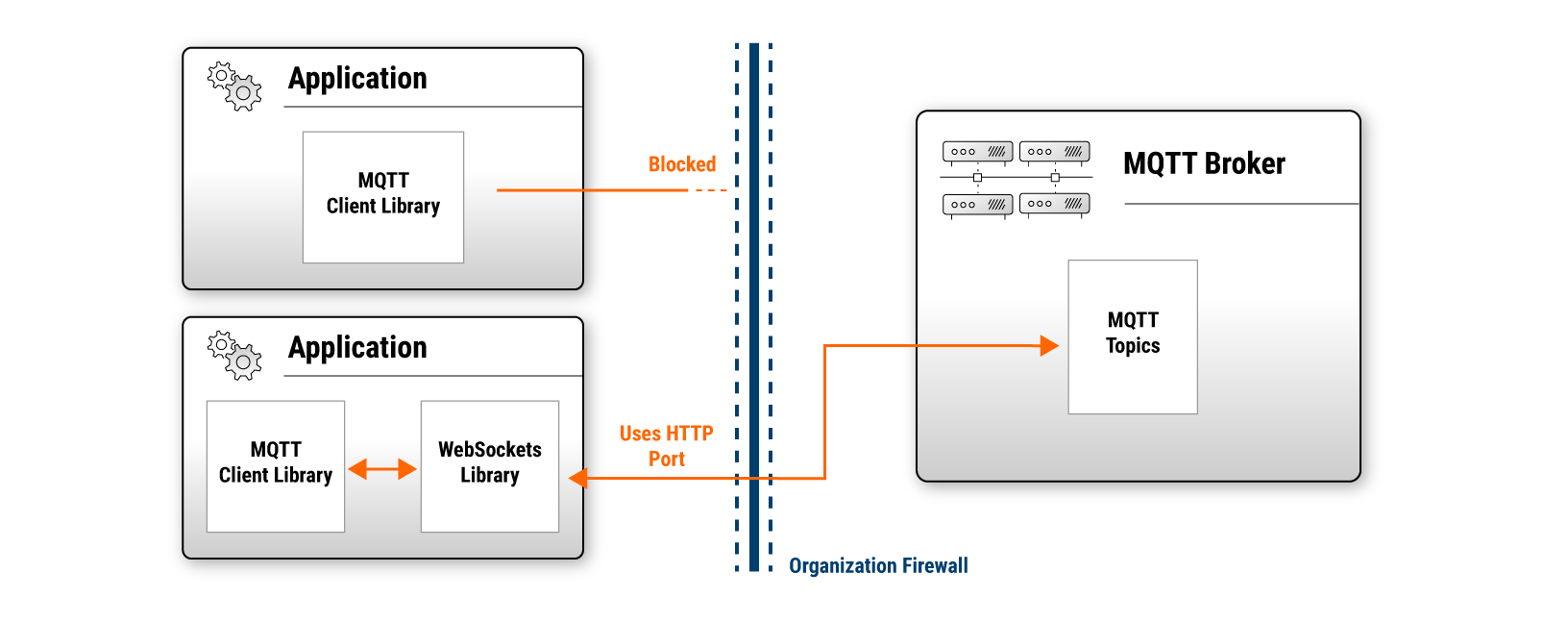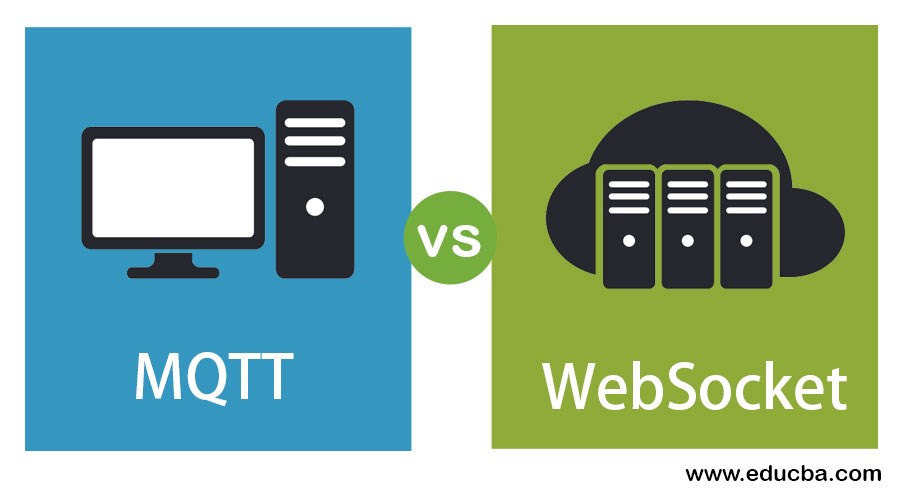Enabling Real-time Data Exchange
Wireless technologies have enabled the widespread adoption of connected devices and the Internet of Things (IoT). However, traditional web protocols are limited in supporting real-time data exchange required by many IoT use cases. Message Queue Telemetry Transport (MQTT) and WebSockets are two popular messaging protocols that aim to address this limitation. MQTT was designed for lightweight machine-to-machine communication with low bandwidth and unreliable networks in mind. By using a publish/subscribe model and supporting retained messages, MQTT facilitates continuous data streaming between devices and applications. Meanwhile, WebSockets establish full-duplex communications channels over a single TCP connection to enable bidirectional real-time data transfer capabilities on the web. Both protocols overcome the request-response constraints of HTTP and allow for asynchronous event-driven communication. However, they operate on different layers of the network stack and have distinctive design approaches tailored to different use case requirements.

The Role of Broker Technologies
A key distinction is that MQTT implements a broker-based architecture while WebSockets do not require an intermediary. MQTT clients publish messages to specific topics, which are then distributed by a broker to subscribed clients. This broker-centric model provides reliability through guaranteed message delivery and storage of retained messages. However, relying on a central broker also introduces latency compared to direct peer-to-peer communication. The additional hop can degrade real-time performance, especially for latency-sensitive applications. WebSockets establish direct connections without an intermediary, allowing for lower latencies. That said, MQTT brokers offer valuable functionality like multi-level subscription hierarchies, large-scale fan-out capability, and broad interoperability across client libraries. Popular MQTT broker implementations like Mosquitto are highly scalable, fault-tolerant platforms for connecting diverse endpoints. Their role in centralized coordination and routing is invaluable for managing IoT data at scale.
Architectural Differences across Layers
Another important aspect is that MQTT and WebSockets operate in different layers of the network stack. MQTT follows a publish-subscribe messaging model and sits above the transport layer protocols like TCP, making it transport agnostic. WebSockets instead define a bi-directional communication protocol above HTTP, utilizing the underlying TCP/IP infrastructure. This means MQTT can run over multiple transports including TCP, WebSockets, and MQTT-over-WebSockets. While WebSockets work exclusively over TCP, relying on the HTTP upgrade request/response handshake. At the application layer, MQTT uses a lightweight binary protocol optimized for low bandwidth and high latency conditions common in IoT networks. In contrast, WebSockets support various framing formats and data payloads, making them more generally applicable for multimedia streaming and bi-directional web APIs.
Bridging Protocols for Optimal Deployments
Given the complementary strengths of MQTT and WebSockets, the optimal architecture in many IoT systems involves bridging the two protocols. Popular implementations like MQTT.js and MQTT over WebSocket enable MQTT flows over WebSocket transports. This allows connecting MQTT-enabled embedded devices and applications with WebSocket-based web and mobile frontends. The devices and applications can interact through native MQTT while the web interfaces are presented with MQTT encapsulated over WebSocket protocols. Such hybrid integration leverages the reliability, scalability and interoperability of MQTT with the real-time capabilities and broad client-side support of WebSockets. It allows building distributed reactive systems with seamless integration of both web and embedded IoT components.
Performance Considerations for Real-world Deployments
When choosing between MQTT and WebSockets, performance characteristics are an important criteria to consider for mission-critical IoT deployments. Comprehensive benchmarks of connectivity, bandwidth usage, latency and throughput help identify the most suitable protocol for different real-world environments. One such study compared MQTT over SSL and HTTPS long polling performance on Android. It found MQTT consumed 60-70% less bandwidth and had 3-5x lower latencies even with the additional overhead of TLS encryption. This validates MQTT’s advantages for resource-constrained IoT edge devices with intermittent connectivity. However, for high-bandwidth local area networks, WebSockets provided lower latencies than broker-based MQTT due to eliminating the additional hop. While both support encryption and reliability, only MQTT guarantees message delivery through broker storage of retained payloads. Overall, MQTT tends to be preferable for constrained remote IoT deployments requiring reliability and efficiency. But WebSockets deliver better performance for latency-critical use cases with local high-speed connectivity. A hybrid approach leveraging both maximizes the benefits.
Conclusion
In summary, MQTT and WebSockets are complementary connectivity protocols enabling real-time data exchange central to IoT. They represent different approaches - one centralized and lightweight, the other distributed and flexible. By integrating them via bridging implementations, systems can leverage scalable brokered event routing with low-latency peer-to-peer data flows.
The optimal choice depends on specific requirements around bandwidth, latency, reliability and deployment topology. A thorough performance evaluation assists in identifying each protocol’s strengths and weaknesses. A hybrid integration of MQTT and WebSockets allows building robust IoT solutions that seamlessly bring together embedded devices, web apps and other components.

 Is Buying a Camera Worth It For Travel?
Is Buying a Camera Worth It For Travel?